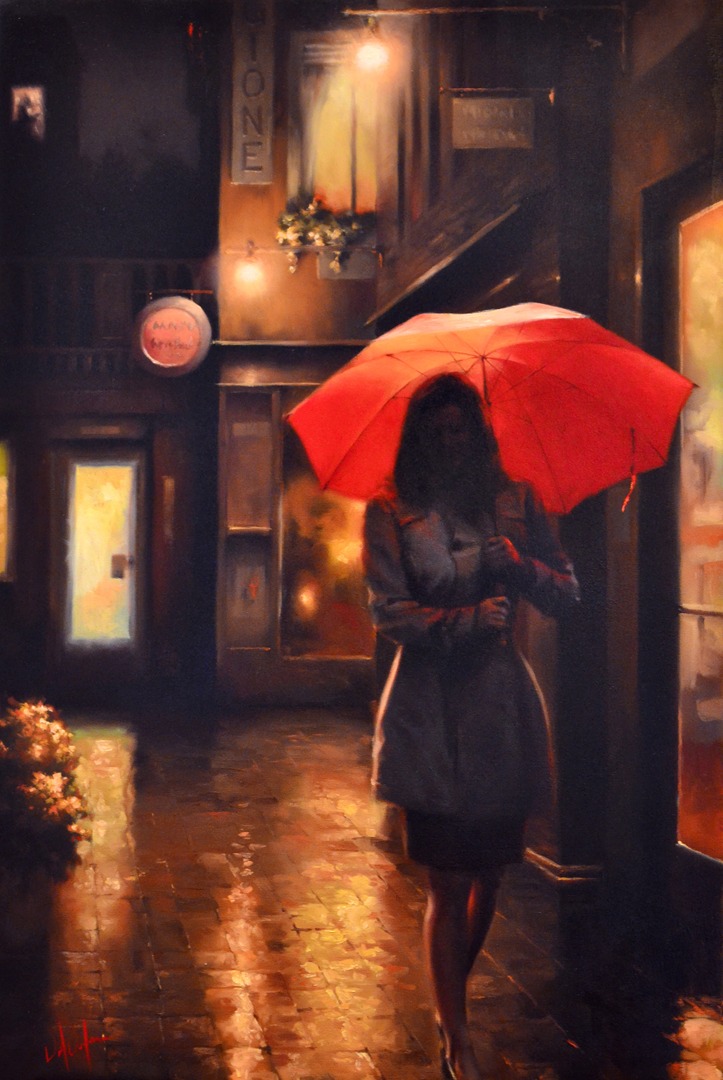Michele Cascella🎨 (7 September 1892 - 31 August 1989) was an Italian artist🎨.
Primarily known for his oil paintings and watercolours, he also worked in ceramics, lithography, and textiles.
He exhibited regularly at the Venice Biennale from 1924 until 1942, and his works are owned by major museums in Italy and Europe, including Victoria and Albert Museum in London, Galerie nationale du Jeu de Paume in Paris and Galleria Nazionale d'Arte Moderna in Rome.

%2BSaint%2BGermain%2Ben%2BLaye.jpg)
%2BSaint%2BGermain%2Ben%2BLaye.jpg)











